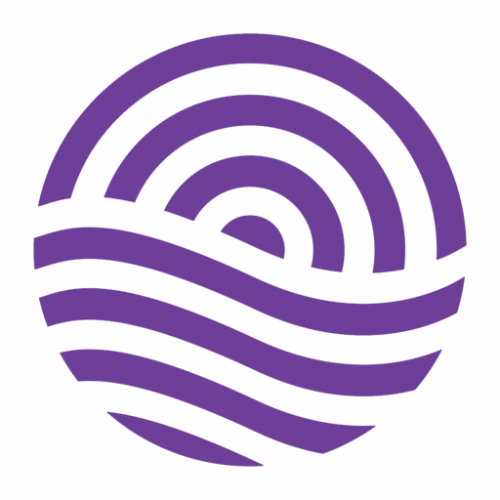
Understanding writing in Hikuawa
Traditional literacy (writing/reading) is an example of communication fluency at Haeata. What types of writing might you see in Hikuawa?
Students in Hikuawa, write for many purposes. Most workshops include some type of communication fluency. Åkonga learn how to share a message in real life situations. For example, Blanche's workshop is writing about a going to Hampshire Park. Trudi is supporting ākonga to write ideas for trips outside the hapori. Bernice is supporting ākonga who want to run workshops. Play offers real-life situations for ākonga. For example, Te Ohomauri writes as she tells a story on a whiteboard. Some ākonga write signs for shops; lists of ingredients; recipes for cooking. Kamya is practicing writing sentences, when finished she ticks it off her personalized learning plan. Nga kaimahi support the learning of writing, by helping students to listen to sounds and record what they hear.
Most ākonga begin their communication fluency journey by scribbling, drawing pictures, and copying words from around the hapori. Later they move on to recording sounds from words, and then they learn how to write certain words in sentences. Every morning ākonga sign in by writing their name on a whiteboard. No matter where they are on this continuum, writing is produced with purpose. Other types of communication fluency in the Haeata Curriculum are visual literacy, media, information, and mathematical literacy.
Gallery







